Common sage, also known as Salvia officinalis, is a perennial herb that is native to the Mediterranean region. It is used in cooking for its distinct flavor and is also known for its medicinal properties. Learning how to grow sage is very easy and it just makes sense if you’re already doing culinary gardening at home. In fact, it’s one of the easiest perennial herbs to grow.
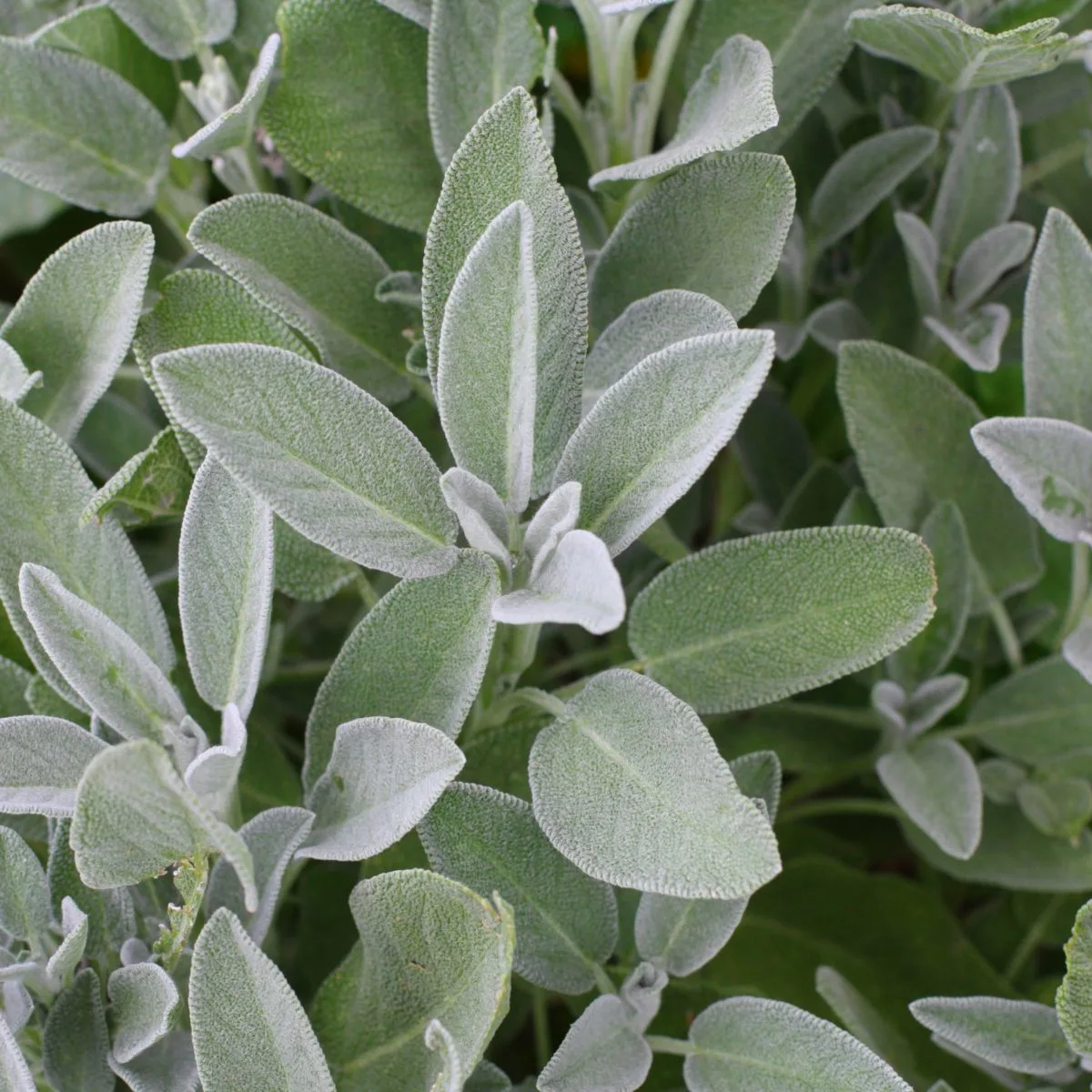
Sage Is A Delightful Culinary Herb
Salvia officinalis, which grows wild on the mountain slopes of southern Europe, once had an important place as a medicinal herb. In the Middle Ages, it could be found in every monastery garden. The monks used it as a medicine against sore throats and night sweats. The plant is used little in modern medicine, though it is still used as a gargle for sore throat and mouth afflictions.
An essential part of American cuisine
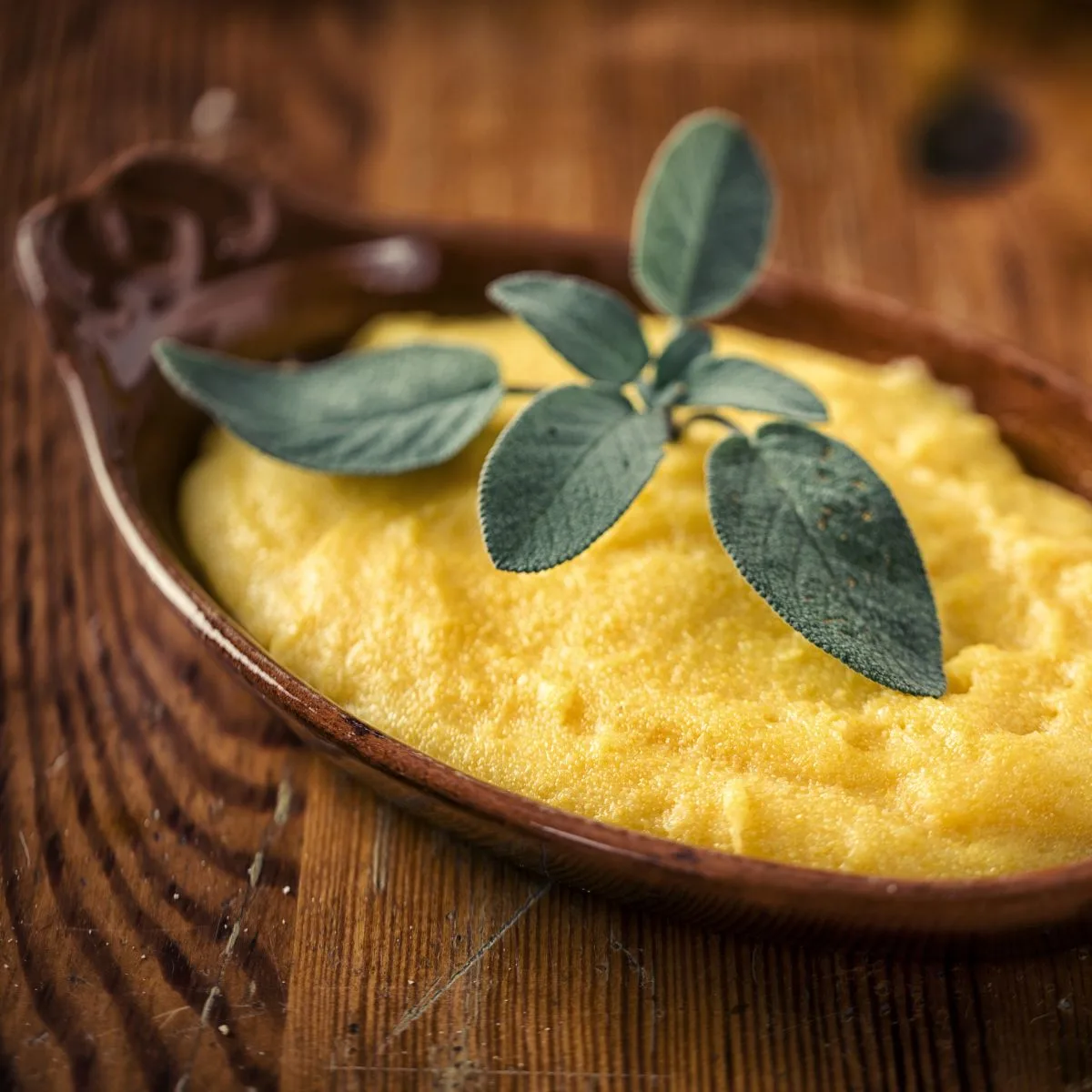
In the US, culinary sage is one of the most important of all kitchen herbs. It is especially useful with fatty meats. The leaves have a bitter, rather peppery flavor. The plant is strongly fragrant and contains aromatic oils.
In addition to its useful properties, it is also a pretty and decorative plant that can be cultivated in pots or flower boxes.
Almost winter hardy shrub
Sage is an upright, branching shrub that grows to a height of about 2- to 2 ½ feet. It can grow outdoors in winter and all but the coldest areas, keeping its leaves. The branches tend to die off in the extreme cold, but the withered parts can simply be trimmed off as new shoots appear in Spring.
Beautiful flowers in July
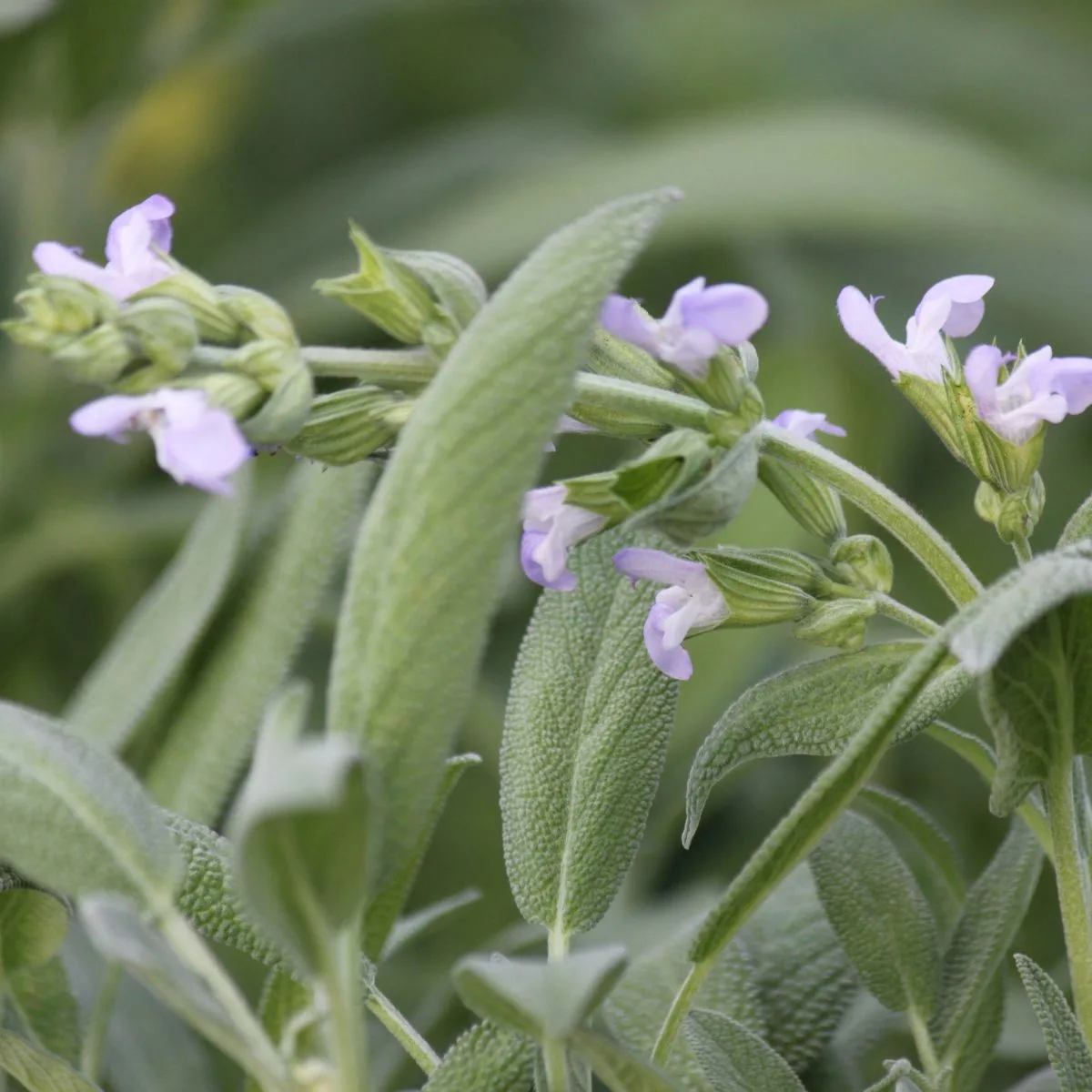
Leaves and stems alike are covered with gray down. The leaves are oval in shape and somewhat wrinkled. The flowers, which can be blue, pink, or white in color, appear at the ends of the branches in whorled spikes with 5 to 10 flowers in each whorl.
The plant blooms in early summer and, after flowering, bluish sepals remain clustered around the fruit. The seeds are rather large, dark brown, and almost spherical.
How to Plant Common Sage
Planting common sage can be done in a few simple steps. Begin by preparing the soil. Make sure that the area is free of weeds and debris, then add a layer of compost or other organic material to increase fertility. Once the site is ready, it’s time to plant common sage seeds.
For best results, sow them directly into the ground since common sage doesn’t do well with transplants. Keep in mind that common sage needs full sun and slightly dry soil, so avoid planting in overly damp spots. When the seedlings are big enough to handle, thin them out to at least eight inches apart for optimal growth.
There are several types of edible sage: plant a few for color diversity, and to attract beneficial insects. Bees and butterflies LOVE salvias!
- scarlet sage (Salvia splenden)
- white sage (Salvia apiana)
- pineapple sage (Salvia elegans)
- fruit-scented sage (Salvia dorisiana)
- tricolor sage (Salvia officinalis ‘Tricolor’)
Even if you don’t like the flavor of sage, the flowers come in many colors and they are so pretty! Here are some of the colors of sage you can get:
- purples
- lavender
- pink
- blue
- blue-purple
All of these salvias would be great in a cottage garden!
How to Grow Sage
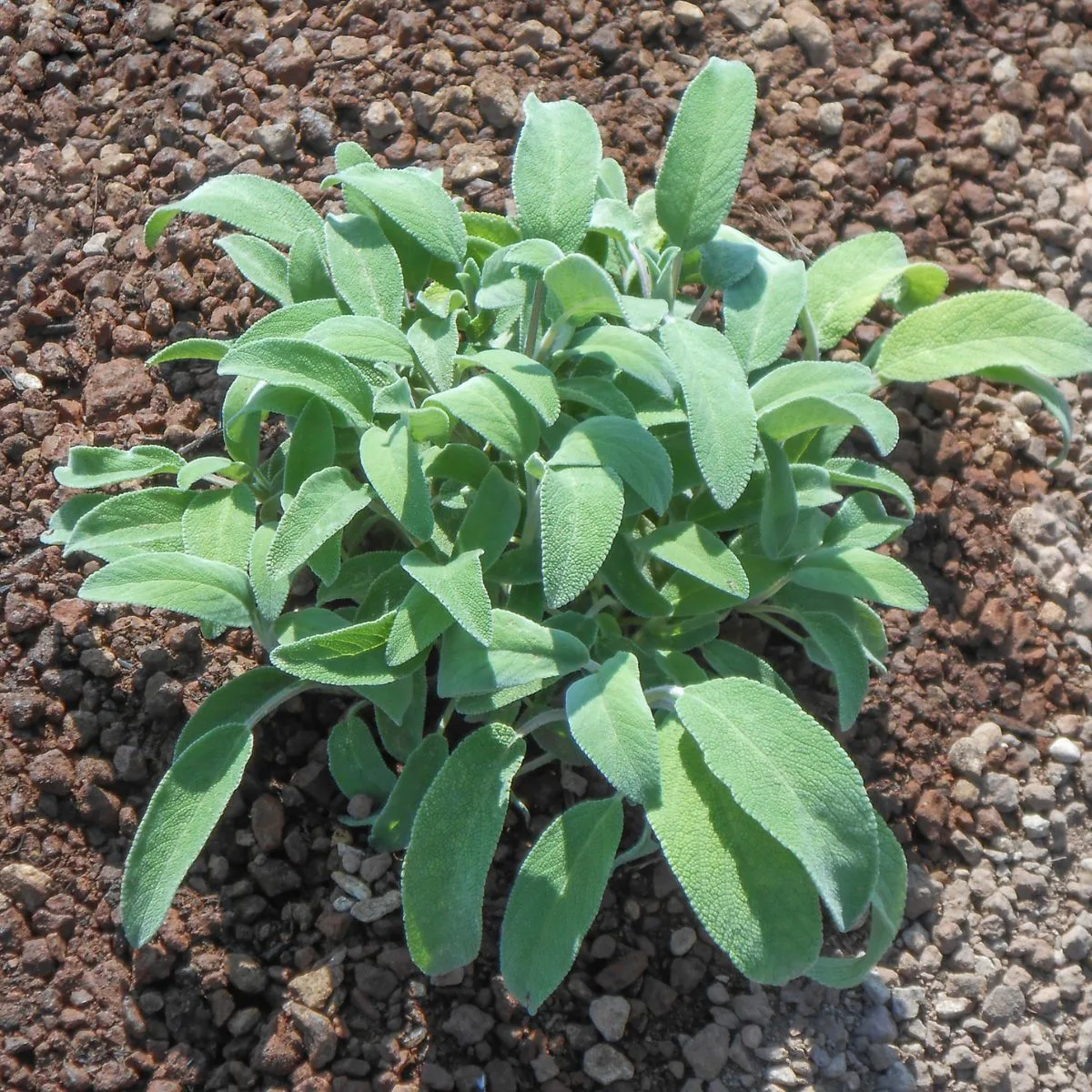
Growing common sage requires well-drained soil with plenty of nutrients, as well as full sun. Plant common sage in the spring or fall and give it time to grow; this hardy perennial typically takes 3-4 months to reach full maturity.
Once the common sage is established, it requires little maintenance other than regular pruning—you can trim off the leaves when they are discolored or beginning to dry. Finally, don’t forget to water common sage regularly.
How to Harvest Sage
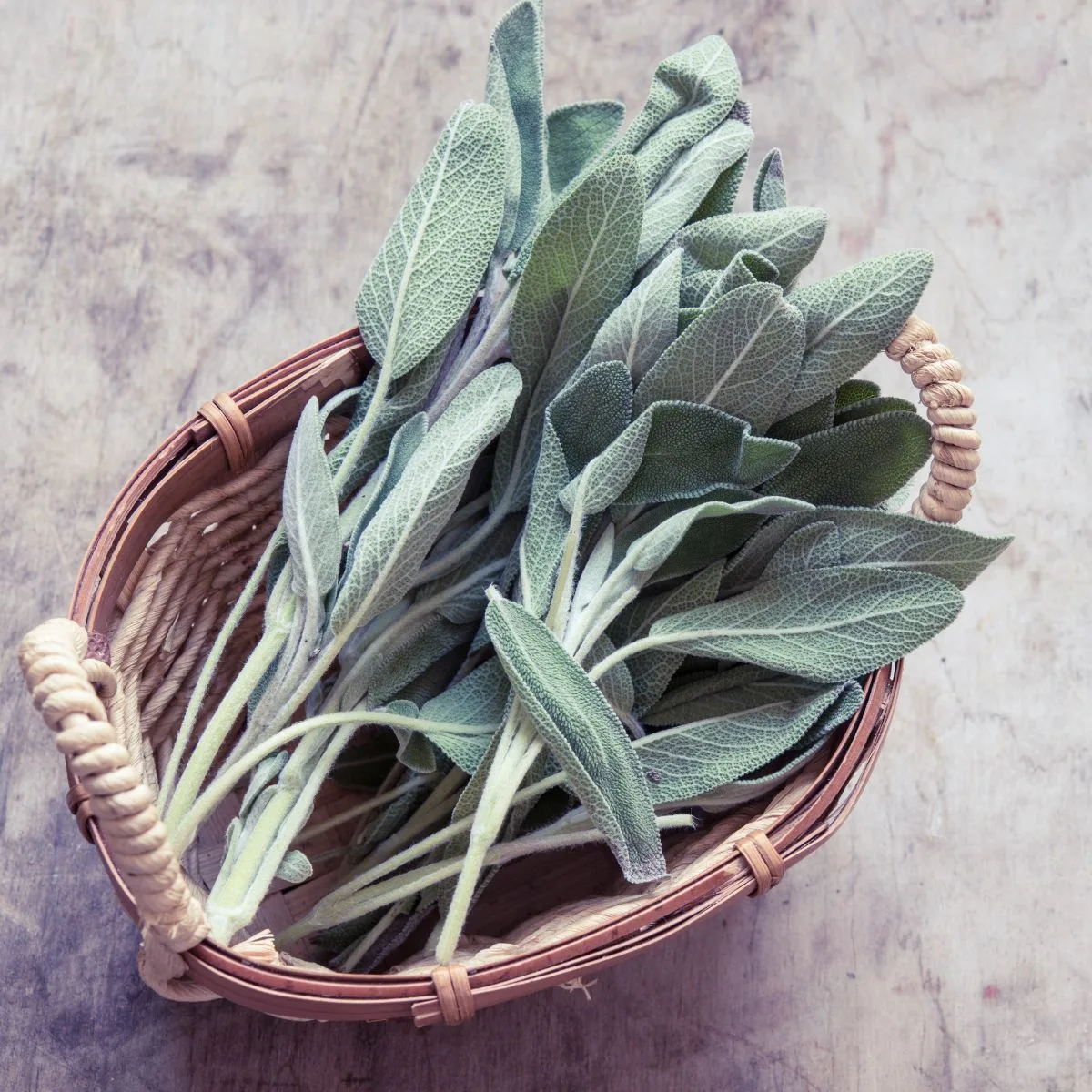
If harvesting from a cultivated bed, pluck as many leaves as you desire, or you may choose to cut short branches of common sage instead.
When snipping branches, try to leave at least two sets of leaves on each stem so the plant will continue to thrive; this should also be done if you plan to propagate common sage using cuttings taken during harvesting. After bringing the sage inside, fill a sink with warm water and give the fray foliage and stems a gentle swish — this will help remove any dirt or debris.
Finally, let the sage dry completely either outdoors on a drying rack or indoors in the kitchen before storing it away for future use.
How to Store Sage
Drying Salvia for herbal use
Young leaves are better suited for using fresh than dried because they quickly lose their Aroma. Older leaves, on the other hand, keep their Aroma longer and can be used for drying. The aroma is strongest just before flowering and this is the best time to harvest for drying.
There are a few ways to store sage:
- if you’re storing it to use within a few days, wrap it in paper tolwel and put it in a plastic bag in the refrigerator. It will hold well for up to 5 days
- covering the fresh leaves with olive oil will keep the leaves fresh for up to 3 weeks when stored in the fridge
- if you plan to save some for winter, roll the cleaned fresh leaves tightly in plastic wrap and freeze: sage stored in the freezer will retain its flavor and aroma for up to one year
- or, dry the leaves and store them in a tightly closed (preferably dark-colored) glass jar, in a cool place; storing herbs in a sealed container helps keep them fresh since it retains their flavor and aroma better when kept away from heat and light
Quick Tips For Growing Sage
Here are some quick tips to keep in mind when growing your sage:
- Plant during cool dates of late spring or early fall
- Space plants properly – 18 to 24 inches apart is typically recommended
- Be sure they are in a place that gets plenty of sunlight
- Make sure the soil drains well and is rich with a pH of 6.5-7.0 for best results
- Check your soil moisture regularly (every few days)
Ways to Propagate Sage
Another great thing about growing your own sage in your herb garden is that there are many ways to propagate it. You can plant sage and then propagate to get more.
Sow in early spring
Sow seeds in March- April in trays of sandy soil, which should be kept moist throughout the germinating period. Indoors, sage seeds germinate best in light and at a temperature of 65F. Under these conditions, germination will take about 3 weeks.
Seedlings should be spaced out and repotted or planted outdoors in July, allowing about 12- 14 inches between each plant. The soil should be light, rich in nitrogen and hummus, and not too acidic. Plants grown from seed will first flower in their second year.
Dividing older plants
Older plants with broad, branched growth can be divided in the spring or fall to produce two or three new plants. Make sure that each division has plenty of roots. Plant them in light, well-drained, humus-rich soil.
Grow from cuttings
Cuttings can be taken using either mature or half-mature shoots.
Cuttings of mature shoots should be taken in early spring and bedded in sandy soil under cover at a temperature of 68 – 70F. Put them somewhere shady and keep the air around the cuttings moist until they have rooted.
Softer, new stem cuttings should be taken in June- June July just before flowering. These cuttings can stay in the cutting bed until the next spring when they can be repotted or planted outdoors.
Sage Pests and Diseases
Sage is a robust plant and is not prone to disease or pest attacks.
- If all or part of the plant suddenly collapses and dies is usually a sign of root rot, caused by the soil being too wet. Make sure that pots and boxes, as well as the soil, are well drained.
- Plants languish and grow poorly in soil that is too acidic. The soil can be made less acidic by the addition of lime.
Buying Tips
Sage plants can be found in the herb section of most nurseries. Seeds are also readily available.
Lifespan: Sage plants can last for many years when grown under the right conditions. They will not survive outdoors in cold winter areas unless protected.
Season: Evergreen and quite decorative throughout most of the Year. Blooms in early summer.
Difficulty quotient: Sage plants are very easy to cultivate, as long as they have good drainage and enough room in the pot for root growth.
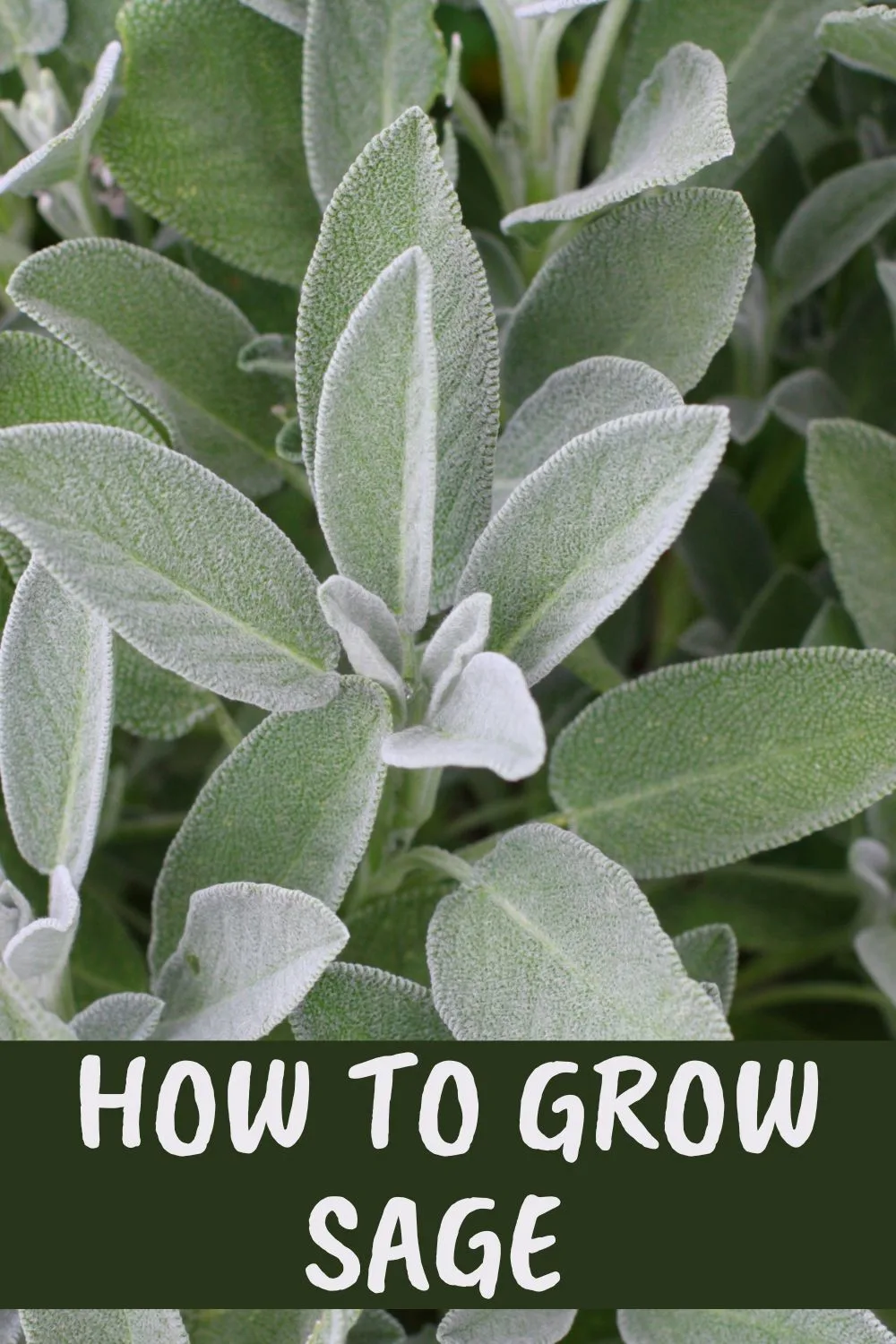


7 Perfect Companion Plants For Iris
Thursday 29th of December 2022
[…] Scarlet sage: Can grow as an annual in USDA zones 3 – 9 and prefer full to partial sun. Here’s how to grow sage. […]